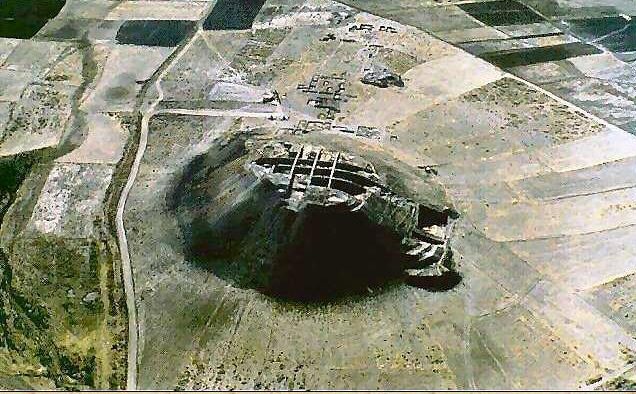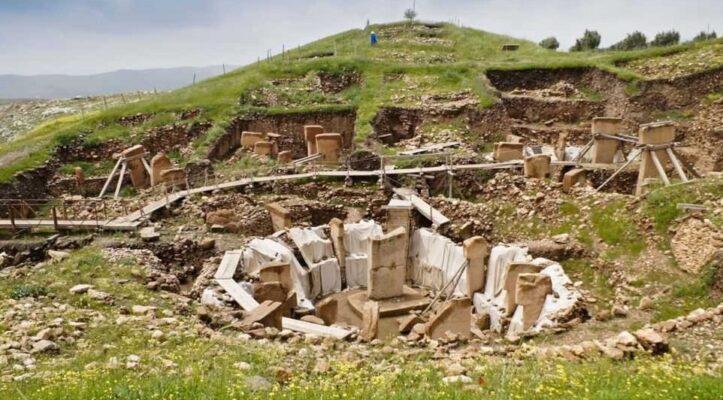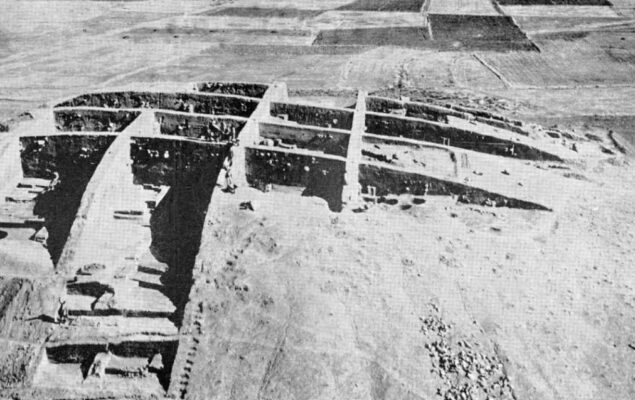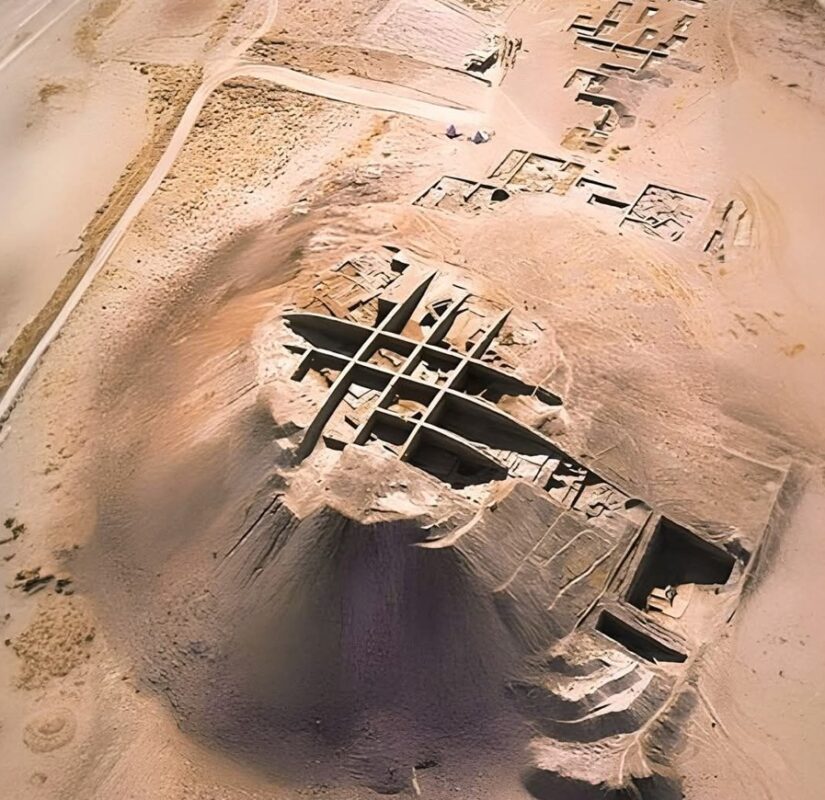Norsun Tepe, an enigmatic archaeological site in Turkey, is stirring up excitement among historians and archaeologists. This ancient site predates even the famous Göbekli Tepe, challenging our understanding of early human civilizations and their capabilities. The discoveries at Norsun Tepe offer a fascinating glimpse into our distant past, redefining what we know about ancient societies. Follow archeology.dulichvn.net to learn more about mysterious artifacts.

A Historical Marvel Older Than Göbekli Tepe
The Age of Norsun Tepe
Dating back to 10,000 BCE or potentially even earlier, Norsun Tepe stands as one of the most ancient human settlements ever discovered. Its remarkable age predates that of Göbekli Tepe, which was previously hailed as the oldest temple complex in the world. This groundbreaking find forces a major reassessment of human history, challenging established timelines and suggesting that early civilizations were far more advanced than previously imagined.
Early Human Activity
Norsun Tepe offers compelling evidence of early human society and its complex structure. The site features expansive communal spaces likely used for rituals, gatherings, and other ceremonial purposes. The discovery of detailed carvings, sculpted pillars, and symbolic artifacts indicates that the inhabitants of Norsun Tepe had not only developed advanced craftsmanship but also a sophisticated cultural and social framework. These findings imply that humans were engaging in organized religious or social practices long before the rise of agriculture and written language.
Rediscovering History
The unearthing of Norsun Tepe has prompted historians and archaeologists to reconsider long-standing assumptions about the origins of human civilization. The site’s age and complexity challenge traditional ideas about the emergence of organized religion, agriculture, and urbanization. It suggests that complex, culturally rich societies may have existed far earlier than once thought, potentially reshaping our understanding of early human development and the dawn of civilization itself.

The Architecture and Artifacts of Norsun Tepe
Impressive Architectural Features
Norsun Tepe is a testament to the ingenuity of early human civilizations, featuring monumental stone structures that reveal advanced construction techniques far ahead of their time. The site is characterized by circular enclosures, carefully arranged stone walls, and intricately carved pillars. These features suggest that Norsun Tepe served a significant communal or spiritual purpose, reflecting the early development of organized society and architectural innovation.
Symbolic Carvings and Artifacts
The carvings and artifacts uncovered at Norsun Tepe provide a fascinating glimpse into the symbolic world of its creators. Elaborate depictions of animals, abstract geometric patterns, and what some researchers believe might be proto-writing suggest that the site was not merely functional but deeply symbolic. These artistic expressions likely held religious or cultural significance, offering valuable insights into the beliefs, rituals, and societal structure of the people who inhabited the site.
Preservation Efforts
Ensuring the preservation of Norsun Tepe is a critical priority for archaeologists and historians. The site’s delicate structures require meticulous care to prevent further degradation. To achieve this, cutting-edge techniques like 3D mapping and digital reconstruction are employed to document every detail of the site without causing physical harm. These efforts not only protect the integrity of Norsun Tepe but also enable researchers and the public to explore its wonders in a virtual setting, safeguarding its legacy for future generations.

Norsun Tepe’s Impact on Archaeology
Rewriting Human History
The discoveries at Norsun Tepe are reshaping our understanding of ancient human societies, challenging conventional beliefs about the origins of civilization. This site, with its advanced structures and symbolic carvings, reveals a level of creativity and organization that predates what we once thought possible for early humans. Norsun Tepe offers compelling evidence that complex societies, with sophisticated cultural practices and spiritual beliefs, existed much earlier than traditionally believed, urging historians and archaeologists to rethink the timeline of human development.
Global Significance
Norsun Tepe has captured the interest of researchers from around the globe, significantly expanding our understanding of early civilizations. Its findings offer a unique window into the interconnectedness of ancient cultures, highlighting how early societies may have influenced one another long before the rise of written history. The site’s global importance goes beyond its location in Turkey, contributing to a broader narrative about humanity’s shared cultural heritage and the universal drive for innovation and societal advancement.
Inspiring Future Research
The discoveries at Norsun Tepe are only the beginning of what could be a new era in archaeological exploration. The site’s revelations inspire further investigation into other potential ancient locations that may hold untold stories of early human activity. As researchers continue to uncover more evidence, we may learn of even earlier, more complex civilizations, unlocking hidden chapters of our shared history that have remained concealed for millennia. The excitement surrounding Norsun Tepe promises to propel future research and discoveries that could forever alter our understanding of the past.
See more: The Ancient Olive Tree of Vouves: A 4,000-Year-Old Testament to Time
Conclusion
Norsun Tepe is not just another archaeological discovery—it’s a groundbreaking revelation that is reshaping our understanding of ancient civilizations. Older and potentially more influential than Göbekli Tepe, this site offers invaluable insights into early human societies. With its intricate architecture, symbolic carvings, and historical significance, Norsun Tepe stands as a testament to humanity’s ingenuity and cultural evolution. Whether you’re a history enthusiast or simply curious about the past, this ancient temple is a compelling window into our collective story.


CÁC TIN KHÁC
Mary Walton: The Forgotten Inventor Who Helped Clean Up America’s Cities
Tomb of Queen Nefertari in the Valley of the Queens, Egypt
Discover the Hypostyle Hall of the Temple of Hathor at Dendera
Venus de Losange: Unveiling the Mystery of a 20,000-Year-Old Paleolithic Icon